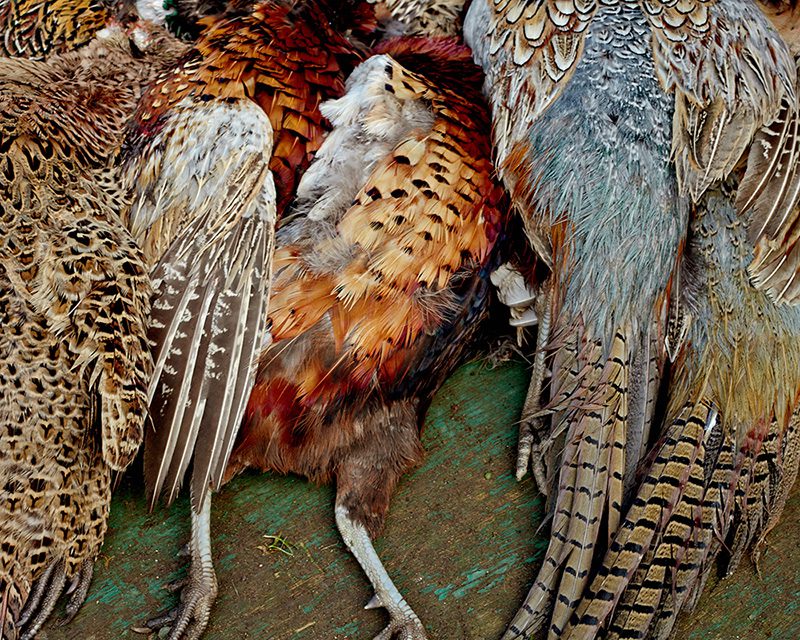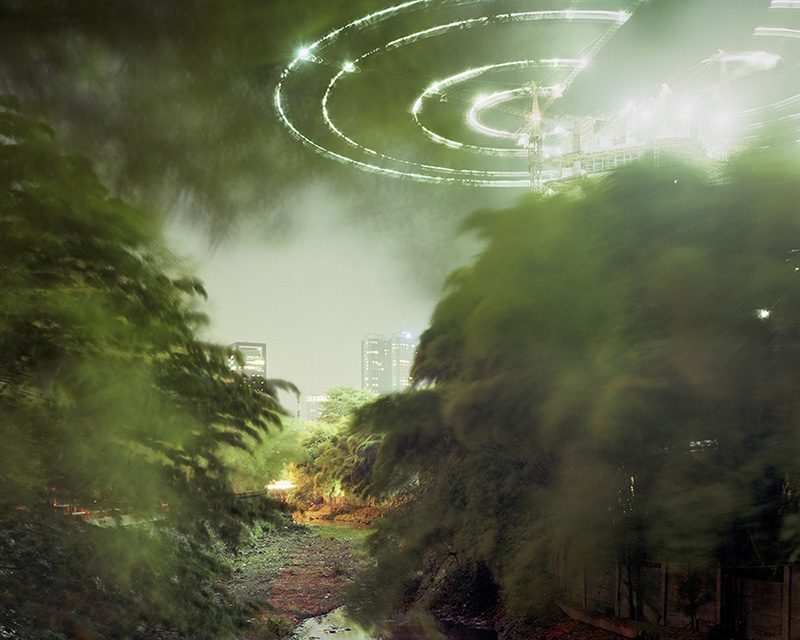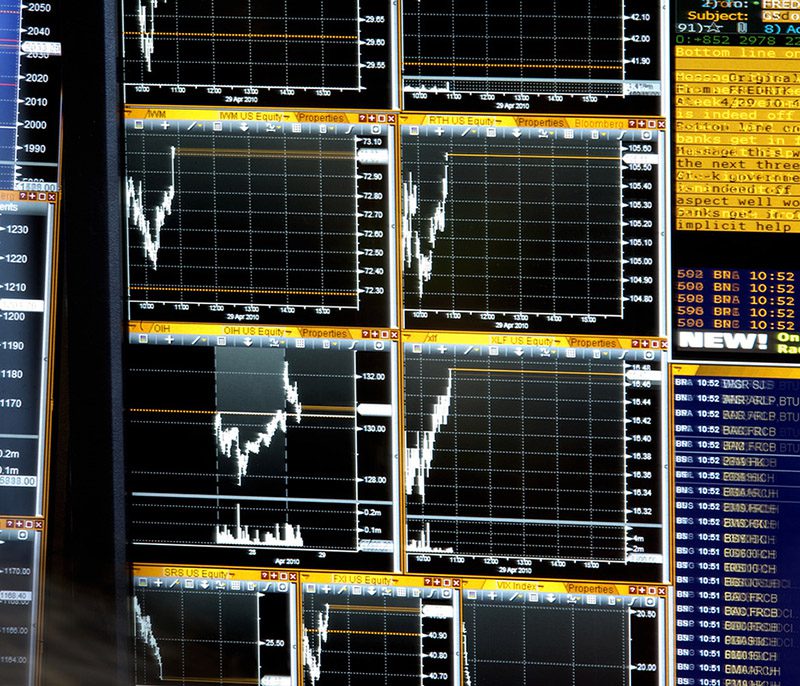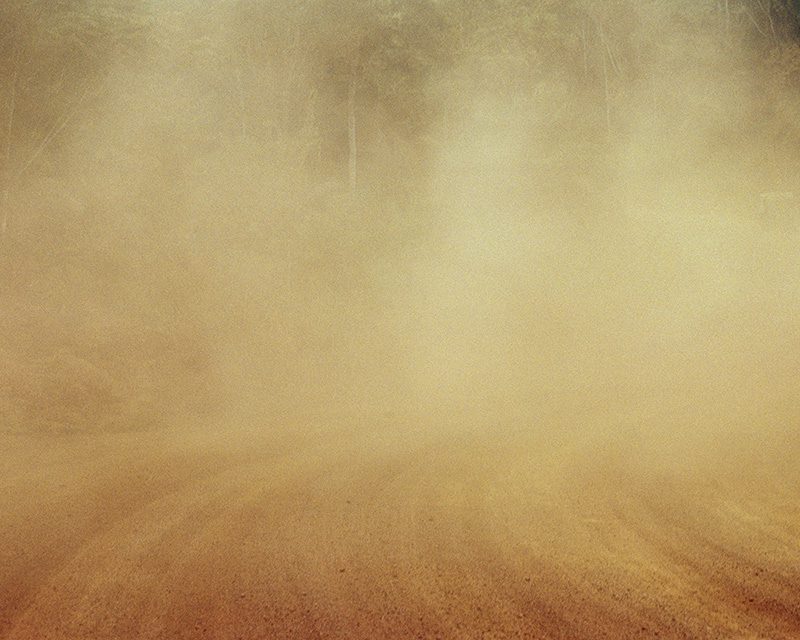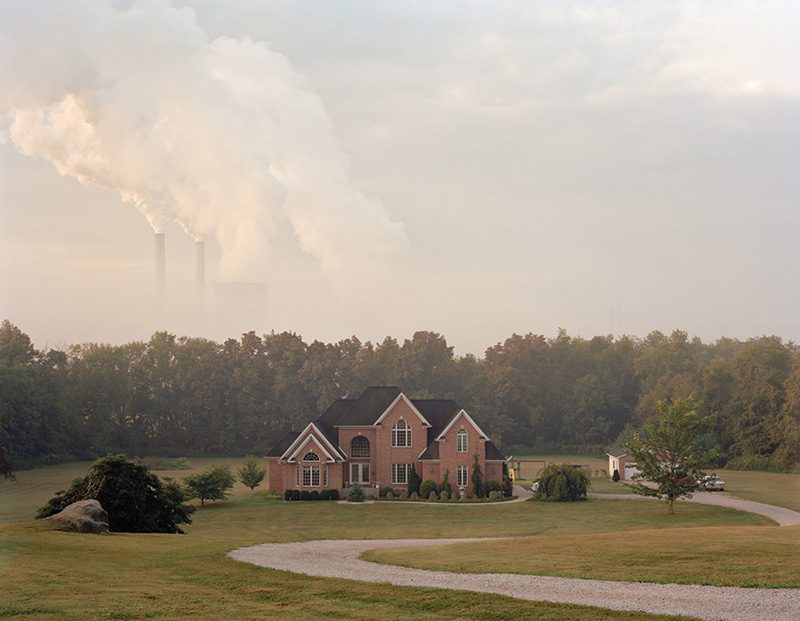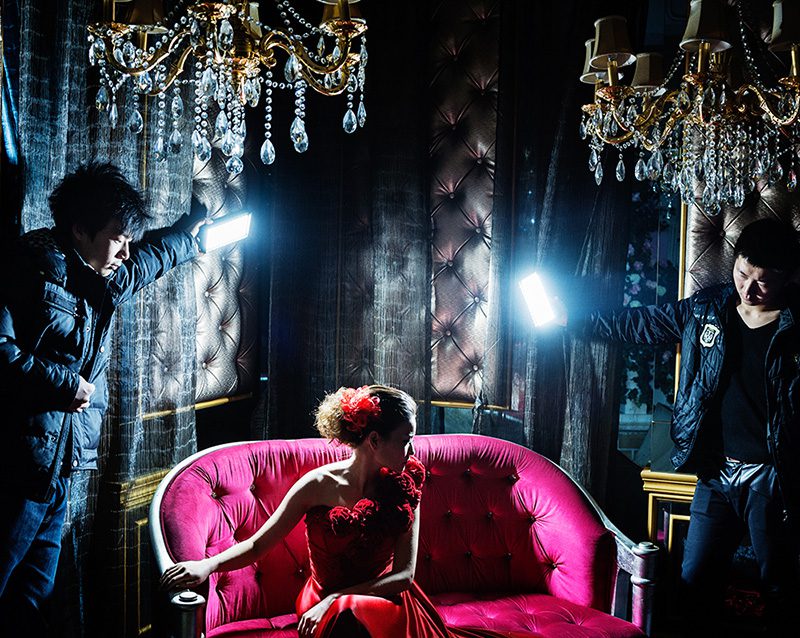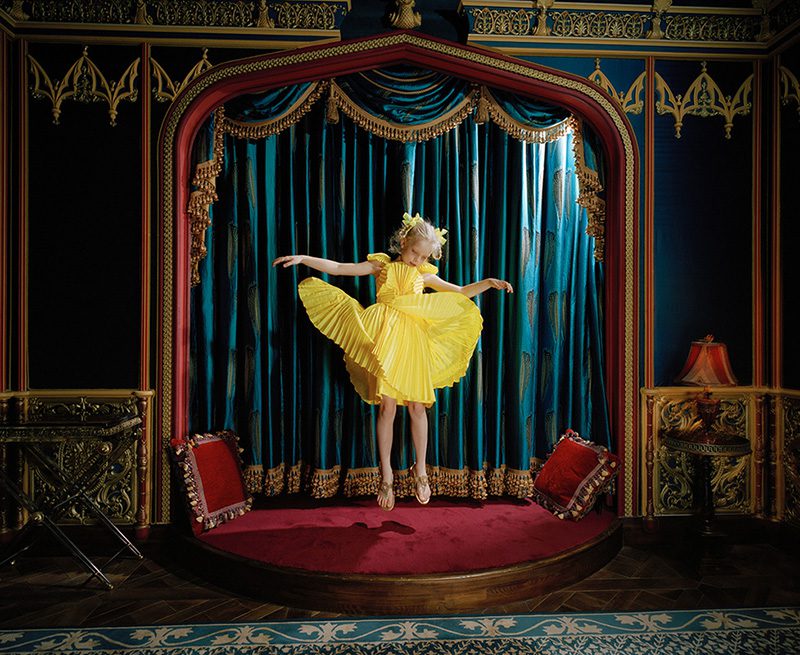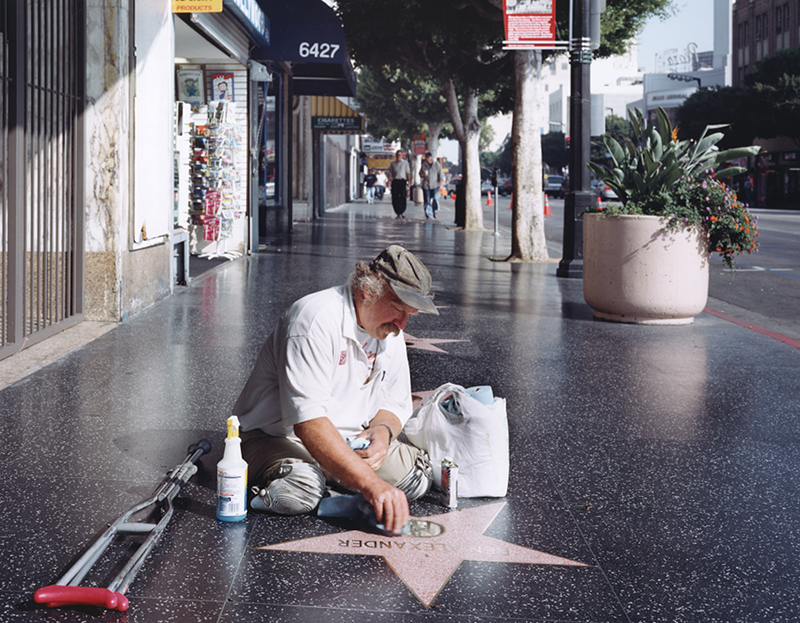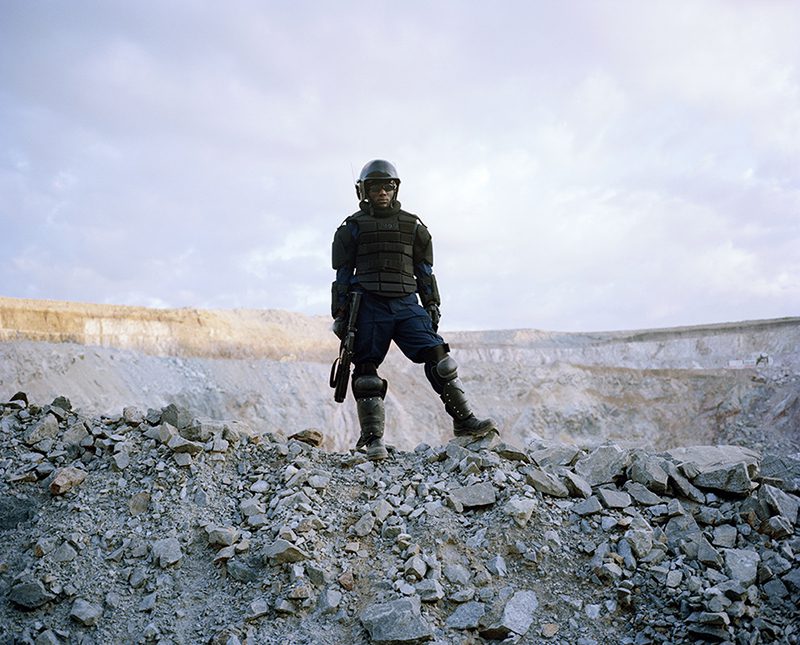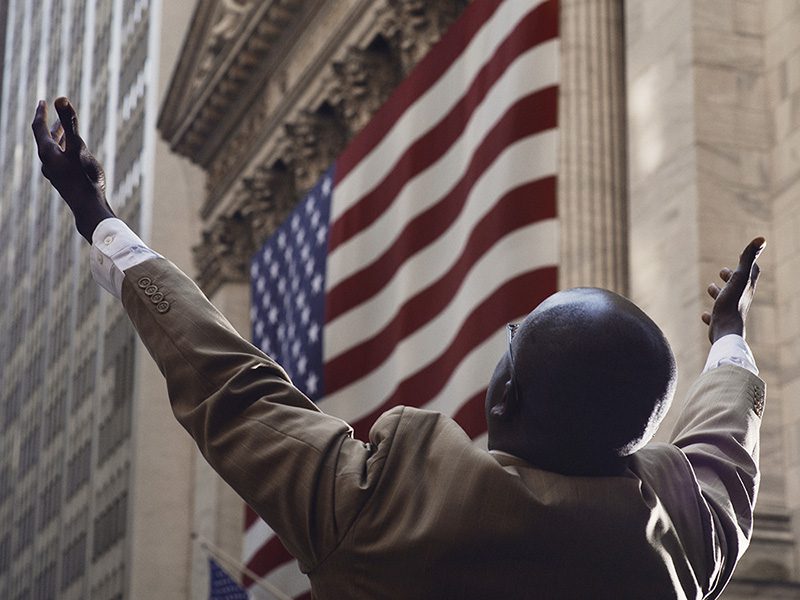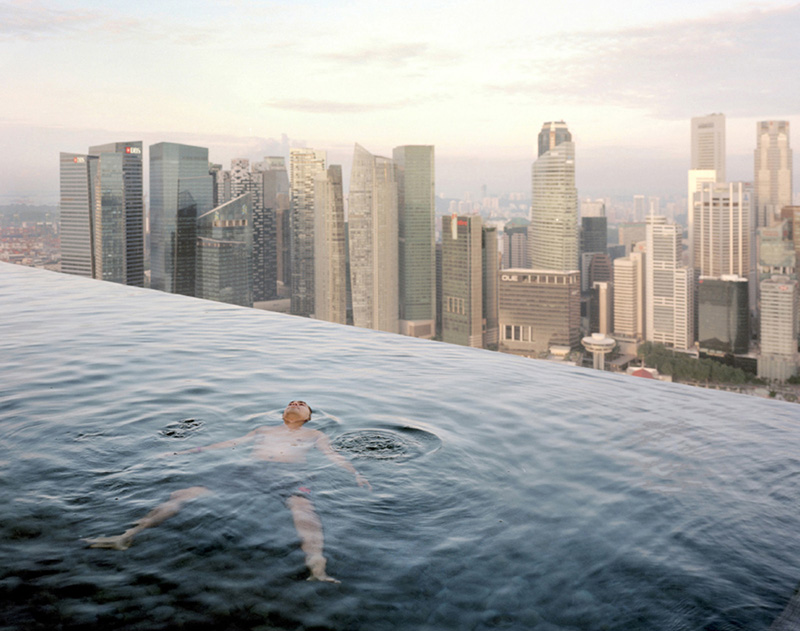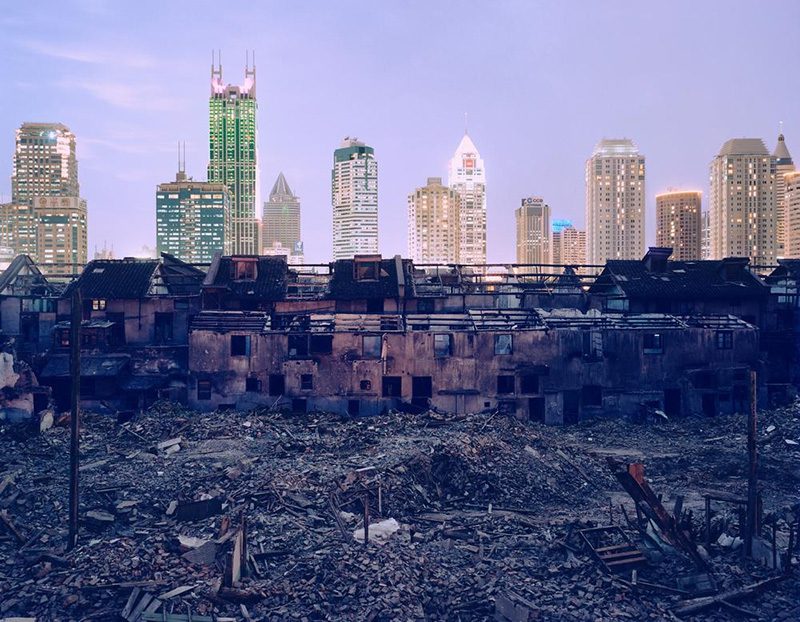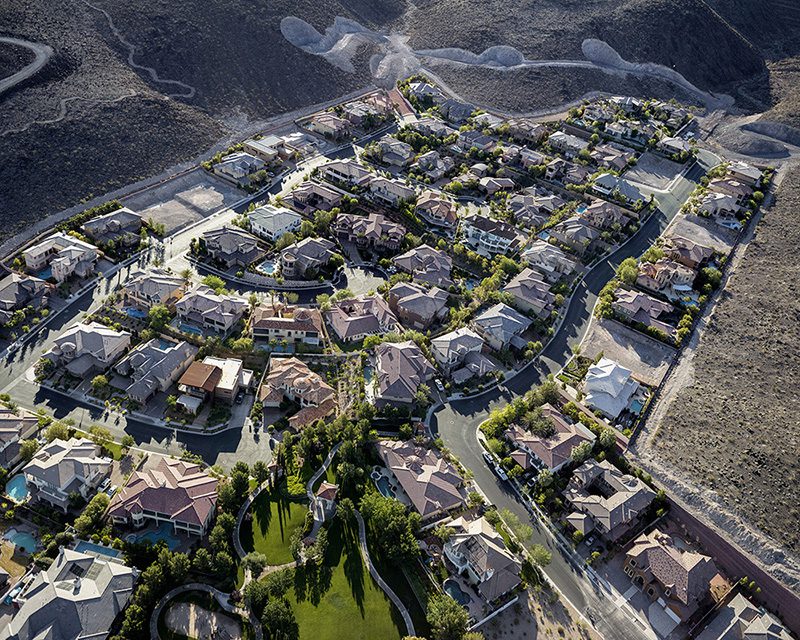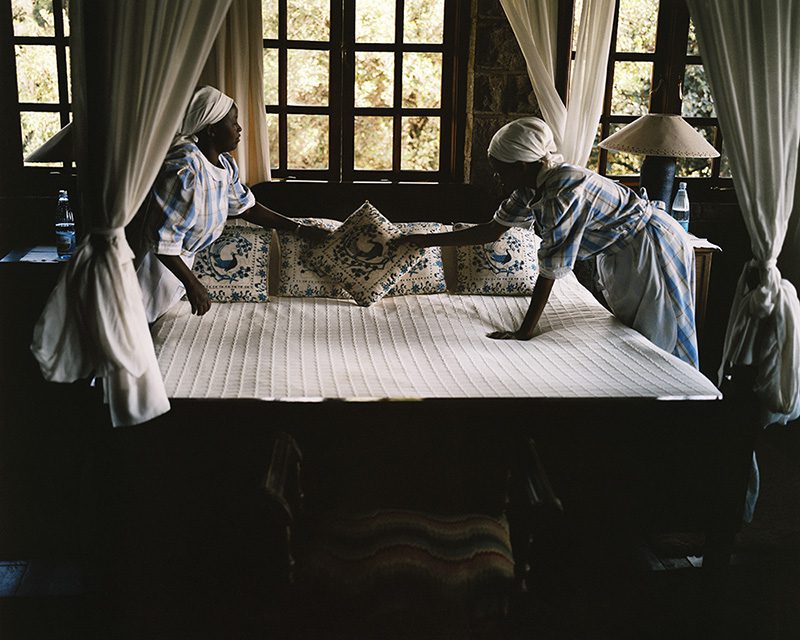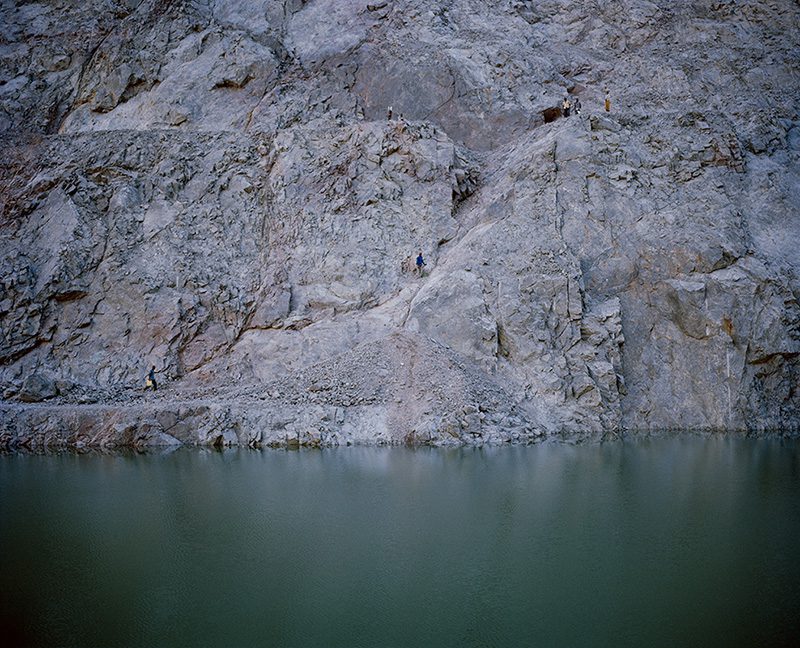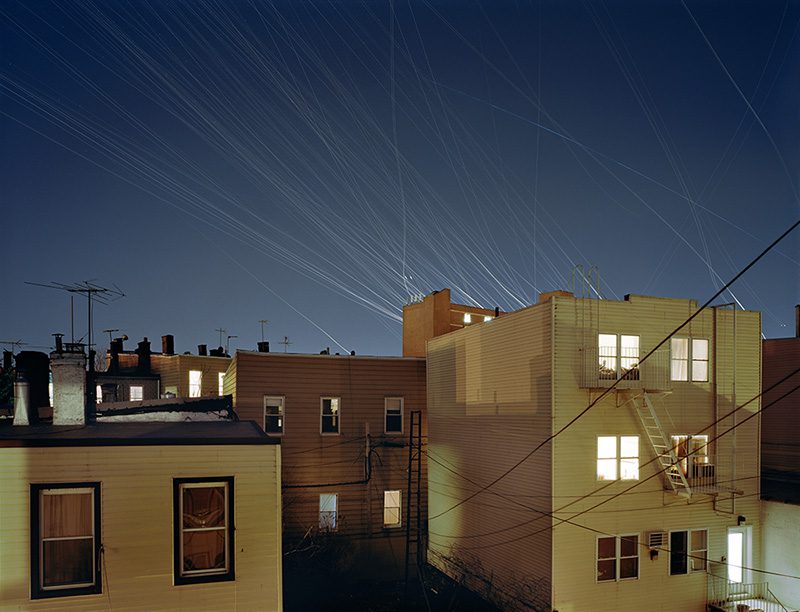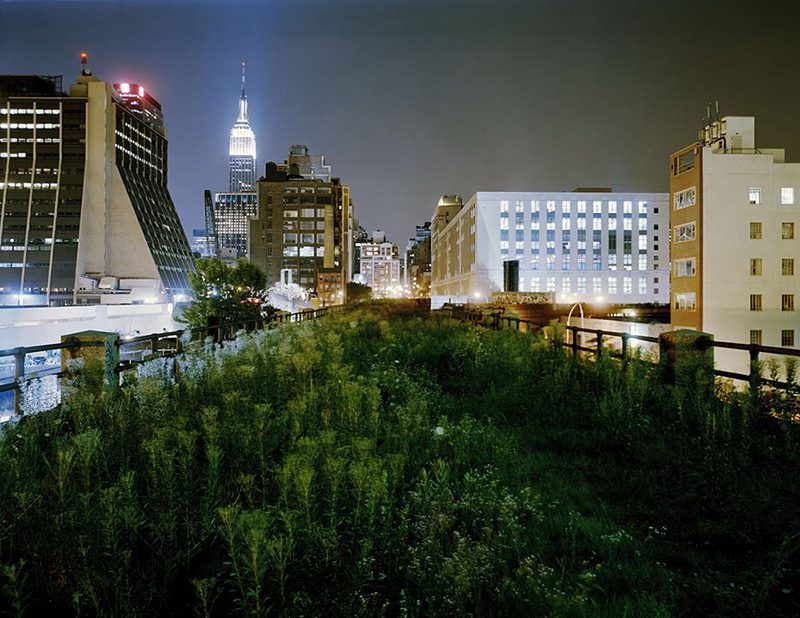PHOTO:1% Privilege in a Time of Global Inequality
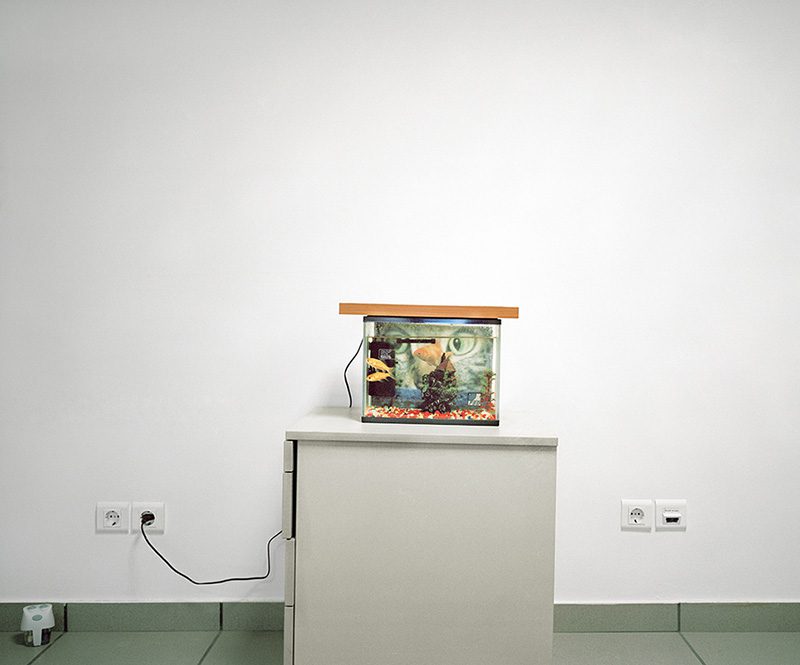 The richest 1% now have more wealth than the rest of the world’s population combined. Global inequality is worse than at any time since the 19th Century. But Oxfam’s International Secretariat, wealth figures don’t quite tell the whole story. What about income inequality? And more importantly, what about inequalities between countries? If we expand our view beyond the usual metrics, we can learn a lot more about how unequal our world has become.
The richest 1% now have more wealth than the rest of the world’s population combined. Global inequality is worse than at any time since the 19th Century. But Oxfam’s International Secretariat, wealth figures don’t quite tell the whole story. What about income inequality? And more importantly, what about inequalities between countries? If we expand our view beyond the usual metrics, we can learn a lot more about how unequal our world has become.
By Dimitris Lempesis
The Photobook “1%: Privilege in a Time of Global Inequality” (Hatje Cantz Publications) started by the TIME’s senior photo editor Myles Little, as a traveling exhibition, examining wealth through the work of 30 of the world’s most distinguished contemporary documentary photographers. Edward Steichen’s monumental 1955 exhibition at New York’s Museum of Modern Art, “The Family of Man” (24/1-8/5/55), was in essence about inclusivity. The 503 photographs by 273 prominent and unknown artists included in the exhibition were curated from two million images, depicting life at its various moments to create a bigger picture of the human experience. This exhibition became a stepping-stone for Myles Little’s exhibition, which takes a stab at exposing the ecosystem of the rich through a photographic journey. Little made a year and a half to narrow down an array of 2,000 photographs to a first selection of 16 that were to become his traveling exhibition on wealth inequality. But it’s also a lengthy process of addition, one that required several extra months for him to bring that initial collection up to 30 images, as requested by Pingyao International Photography Festival curators (19-25/9/15). It then took three more months to almost double that number to 50, this time for the publication of the book, “1%: Privilege in a Time of Global Inequality”, published in January by Hatje Cantz and financed mostly through a Kickstarter campaign. The book is divided into two chapters: the first focuses on the 1%, displayed in a variety of categories: business, technology, healthcare, leisure, and education, while the second provides the perspective of those outside the 1% looking in. Because the festival curators handled the printing, Little’s contribution was limited to suggestions on printing size, which remained the same for all the images – unlike the book which features various sizes. Moreover, the linear, uninterrupted layout of the exhibit, which creates a steady flow for the visitor’s experience, gradually breaks down in the book as “narrative elements” are introduced: the photograph size, negative space, a page left blank, they all become distinctive aspects of the narration. “With the book you can establish this rhythm, pauses and exclamation points that you can’t really get in a show”, Little says.

